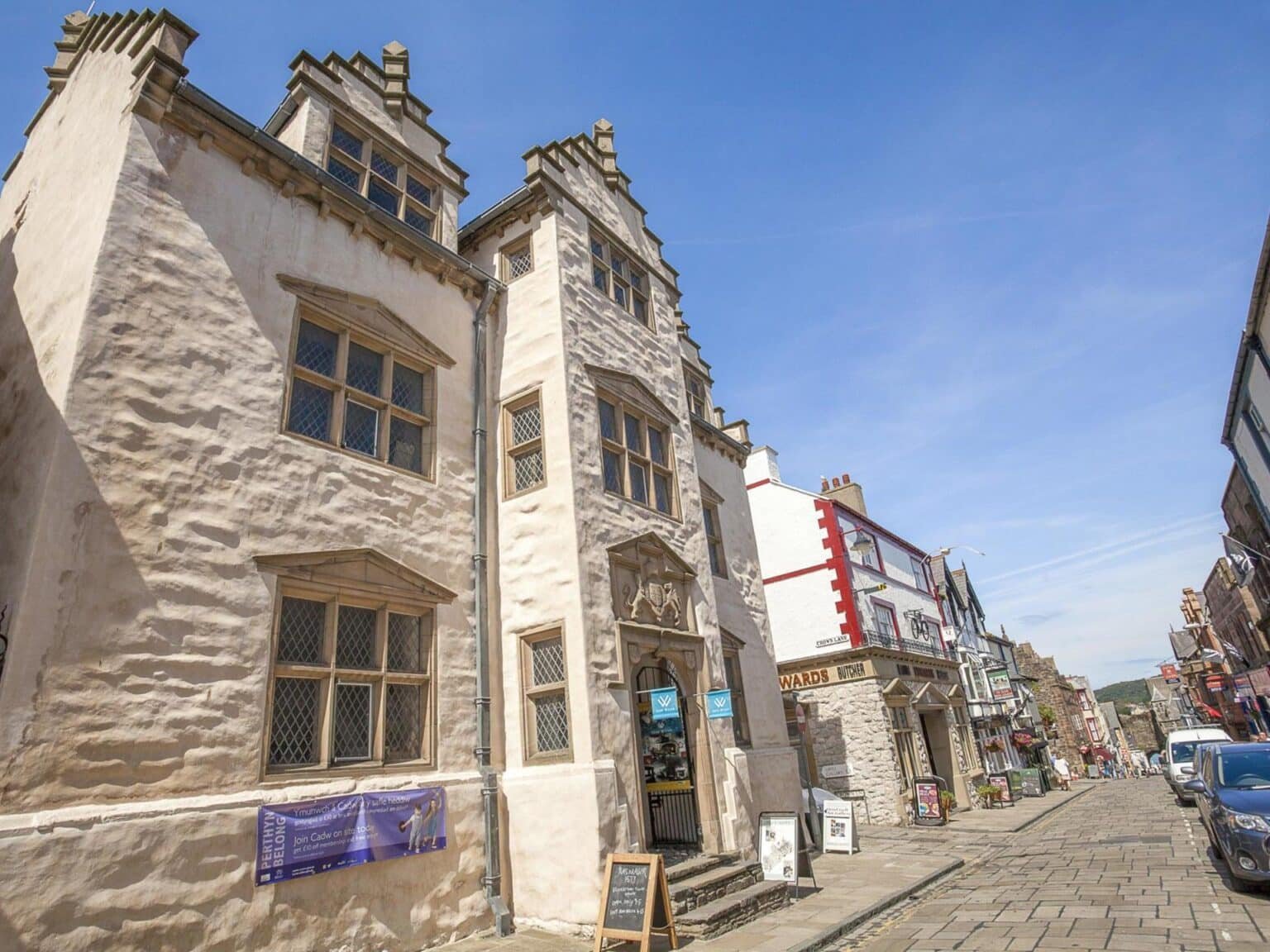Klimt: The Immersive Experience is a 20,000 square foot light and sound spectacular featuring two-story projections of the artist’s most compelling works. Encounter the brilliance of one of history’s greatest artists in 360 degrees.
This immersive art exhibition is all digital, hands-free, and perfect for our socially distant world. Its rich content is suitable for a wide audience, including families, school groups, couples, and seniors. In addition to a spacious central area where Klimt’s works stretch floor-to-ceiling, the experience includes separate galleries that chronicle his life, technique, and influence through informative panels, larger-than-life re-creations, and engaging interactives.
Klimt: The Immersive Experience features a one-of-a-kind Virtual Reality component, which guides you on a ten-minute journey through “A day in the life of the Artist.” Walk alongside Klimt during this peaceful, visually-rich journey to discover the inspiration behind eight of his iconic works.
*The exhibition is in a secret location soon to be announced*


